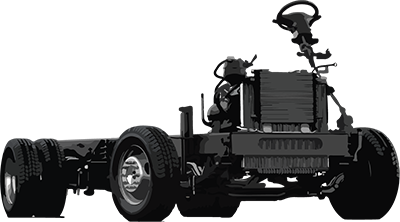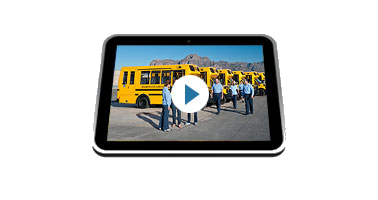The Power of Technology, People, Process in Your Operations

The next time you see the towers holding high-voltage power lines, look closely: You’ll probably spot repeating triangular shapes in the towers’ structure. Triangles, the most rigid simple geometric shape, are the darlings of engineers and architects.
Now jump with me to another triangle, one that you can use to make your organization more structurally sound. Imagine a triangle that has a single word on each side. They read: technology, people and process.
When you contemplate a change to your operation, it pays to consider that change in terms of technology, people and process. By doing this analysis, you’ll soon discover that a change to one necessarily affects the other two.
For instance, hiring several new people without having the processes in place for them to learn their jobs and operate efficiently creates confusion and wastes resources. Investing in new technology without having people on your staff who know how to use it also gets you nowhere. A process that requires certain software to function won’t be carried out unless that technology is available.
Another way we use the “technology, people, process” concept at Roush is as a tool for uncovering places for new growth. Technological advances that aren’t being tapped into fully by our competitors can represent an opportunity for us. We also understand that if there’s technology out there that could help our staff succeed, we should make it available to them to increase innovation or efficiency.
When we acquire talent, we search for ways new team members can work together with existing employees — following our processes — to make our organization even stronger.
Process is often an element that’s ripe for improvement — and can lead to growth. It’s easy for people to fall back on individual routines and not document how they do their jobs. Are there places in your organization where the wheel is being re-invented every day? Can new employees acclimate quickly because they understand exactly what’s expected of them? Do they know how their work pertains to overall organizational goals? We’ve found that fuzzy answers to these questions can point to weaknesses or missed opportunities.
Defining processes is important. Without solid processes, a business can’t scale up, but remember, process alone is just one side of the triangle. People, with the aid of the right technology, are what embrace those processes to move an organization forward. And, you have to get buy-in from your people to ensure that a process is followed.
For example, despite all the advances in AI, technology still requires human operation. People achieve more with clear processes and the technology they need. Processes hum along when people follow them aided by the correct technology.













